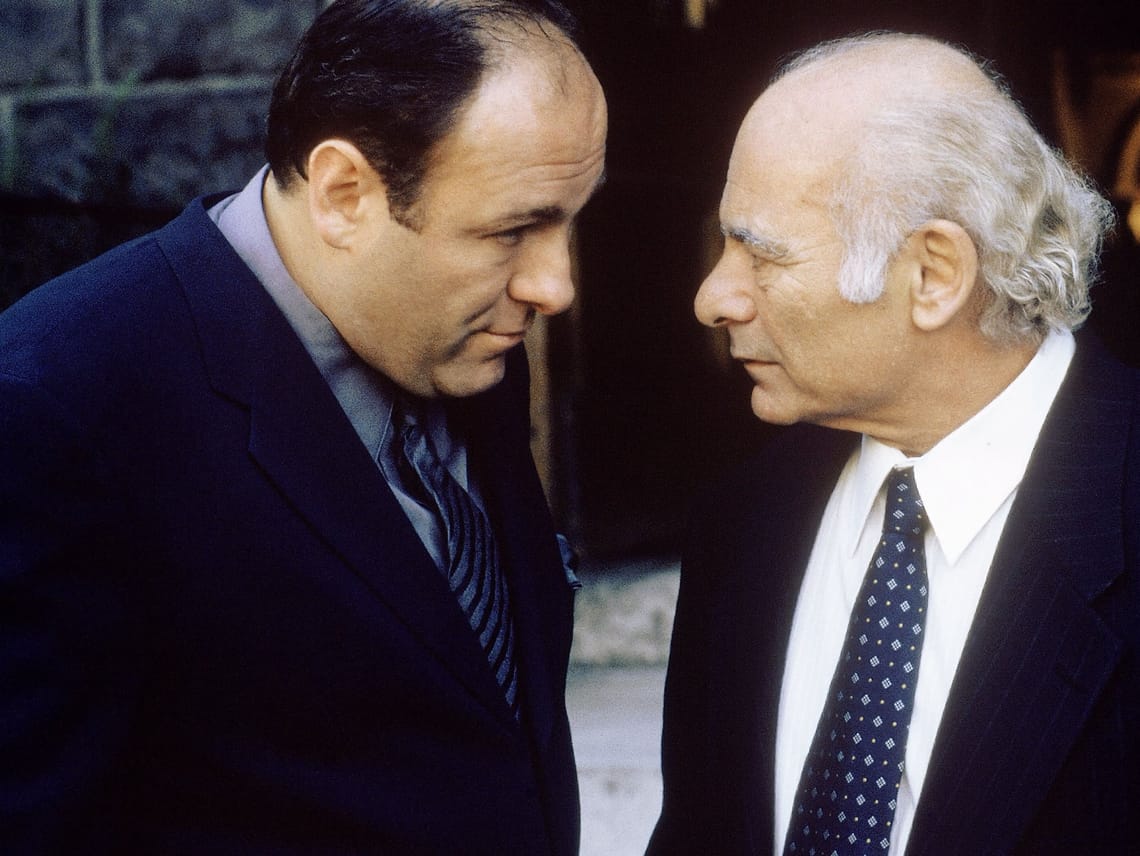- Story arcs must lock early or your show drifts and dies.
- TV scripts live on structure: teaser, five acts, tight outlines.
- Character rules: action reveals who they are, not monologues.
- Setting can act like a character and shape mood and pace.
- Read, write, share drafts, then stop tinkering and ship.
Adapting a novel for the screen sounds glamorous until deadlines, notes, and rewrites crash into each other. At Sharjah International Book Fair (SIBF 2025), American writer Matt Witten and Icelandic crime author Ragnar Jónasson cut through the myth and shared a working toolkit: lock your structure, make characters move, and let place do real work on screen.
For wider context on the fair’s programme and timings in the UAE, see our SIBF 2025 guide.
When story arcs go off script
Some shows fail because their arcs keep shifting. Witten recalled a series that shed its serial killer by episode two and its core idea by episode three—the verdict: cancelled.
- Lock the concept before production pressure hits.
- Map the season arc, then protect it from chaos.
- Notes are helpful, but not all notes are equal.
When early episodes wobble, everyone overcorrects. Executives chase trends, writers patch holes, and tone breaks scene by scene. A strong arc acts like guardrails. If a note pushes you outside the core, park it for a different project. Audiences smell drift and tune out.
Structure first, then dialogue
Television eats structure for breakfast. Witten laid out a standard rhythm: a punchy teaser, then five acts, built on a tight outline and a fast, focused writing sprint.
- Teaser: one striking image or beat that hooks fast.
- Five-act spine: clear turns and mini-cliffhangers.
- Workflow: outline, get notes, lock in, write hard for two weeks.
Think of the outline as your contract with yourself. It keeps scenes lean and purposeful. Dialogue comes last and gets better when the spine is already solid. Don’t chase “clever”; chase clarity and momentum. UAE-based creators can test this structure against what’s landing on regional streamers; our round-ups for Netflix and STARZPLAY show how tight, genre-clean shows travel well across markets.
Character is action, not speeches
Witten’s advice cuts simple and true: know your characters down to breakfast habits, but reveal them through what they do, not what they say.
- Build a one-page profile for each lead.
- Track choices under pressure; that’s character.
- Cut monologues that repeat what the action already shows.
If your detective is frugal, show it in how they bribe a source with home-made food, not through a line about saving money. If your antagonist hates mess, make the crime scene’s chaos their weapon. These choices give actors playable beats and give editors clean options when time is tight.
When a place becomes a character
Jónasson treats Iceland as a living force in his stories. Cold, wind, bleak light — they frame mood, pace, even silence. On set, the chill wasn’t just visible; it changed performances.
- Treat the location as pressure on the cast.
- Let weather, distance and noise shape scene design.
- Use silence as information, not filler.
In the Gulf, heat, humidity and urban sprawl can do similar work. A rooftop scene at noon changes posture, voice levels and camera movement. A desert road at dusk alters tension. Write what the place is doing to your characters. That’s how setting stops being wallpaper and starts telling the story.
Practical habits for writers in the UAE
Good process beats vibes. Both speakers hammered the basics: read more, write often, share drafts, then move on when the story feels right.
- Read in and out of your genre; never copy ideas.
- Watch films you love with the subtitles off to study blocking.
- Trade notes with writers you trust, then stop tinkering.
Tools help, but won’t save a weak arc. If reading more is the missing habit, start with an e-reader you’ll actually carry; our UAE picks in the Kindle buyer’s guide are practical. And if you want the bigger picture of what SIBF is doing this year, including guests and themes, here’s our full SIBF 2025 overview. If you’re mapping adaptations to platforms, track regional viewing trends through our weekly streaming coverage and the MENA shift toward bundles like MBC + Netflix on MBCNOW.
FAQs
What was the session at SIBF 2025 about?
“Scene One, Chapter One: Translating Novels to Screen” brought Matt Witten and Ragnar Jónasson together to explain how to carry a book’s soul into film and TV without losing clarity or pace.
What screenwriting structure did Matt Witten recommend?
A teaser to hook viewers, followed by five acts, built on a clear outline and a concentrated writing window to get the draft done.
How does Ragnar Jónasson use setting?
He treats Iceland as a character. Weather and landscape shape mood, timing and even how actors deliver lines, adding authenticity on screen.
What’s the one habit both speakers agree on?
Read widely, write often, share drafts with trusted peers, and then stop revising forever. At some point, you must let the work go.
Where can I find more on SIBF 2025 in the UAE?
See our on-the-ground SIBF 2025 guide for dates, highlights and visitor tips.
Subscribe to our newsletter to get the latest updates and news







